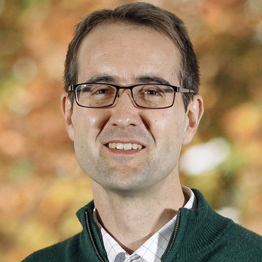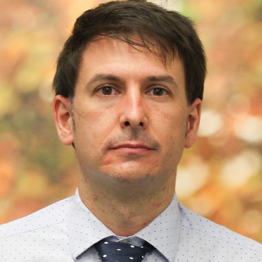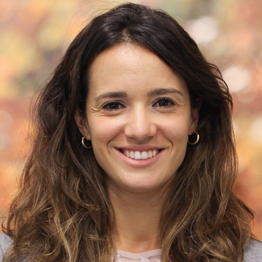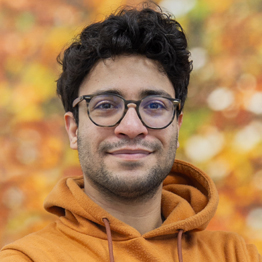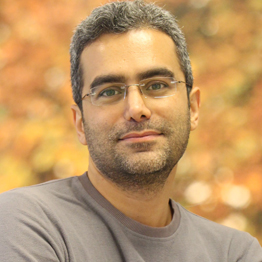Communication integrated circuits (COMMIC)
The mission statement of COMMIC is to improve our society through the design of integrated circuits in different areas, such as space, telecommunications, mobility, health, etc. In these areas, multidisciplinary research group focuses on the following three fields:
![]() Radio frequency and millimetre wave wireless technologies to explore the performance limits of analogue and digital electronic circuits. Topics of interest include high-speed ADCs for high-bandwidth communications, wireless communications systems for IoT, self-healing transmitters and receivers, radar systems, etc.
Radio frequency and millimetre wave wireless technologies to explore the performance limits of analogue and digital electronic circuits. Topics of interest include high-speed ADCs for high-bandwidth communications, wireless communications systems for IoT, self-healing transmitters and receivers, radar systems, etc.
![]() Energy harvesting systems that explore the limits of ultra-low-power analogue and digital circuits. Topics of interest include solar, thermal, vibration or radio frequency energy harvesting circuits; fully passive wireless sensors based on RFID technologies, etc.
Energy harvesting systems that explore the limits of ultra-low-power analogue and digital circuits. Topics of interest include solar, thermal, vibration or radio frequency energy harvesting circuits; fully passive wireless sensors based on RFID technologies, etc.
![]() Sensor systems exploring CMOS technologies to integrate different types of low-power, low-cost sensors and high performing. Topics of interest include biosensors, temperature sensors, etc.
Sensor systems exploring CMOS technologies to integrate different types of low-power, low-cost sensors and high performing. Topics of interest include biosensors, temperature sensors, etc.
 Members of the group
Members of the group 
Roque José Berenguer Pérez
Full Professor
(coordinator)
+34 943 219877 Extension: 842709
View CV "View CV of Roque José Berenguer Pérez".Noemí Pérez Hernández
Senior Lecturer
+34 943 219877 Extension: 842960
View CV "View CV of Noemí Pérez Hernández".Héctor Solar Ruiz
Associate Professor
+34 943 219877 Extension: 842714
View CV "View CV of Héctor Solar Ruiz".Andoni Beriain Rodríguez
Associate Professor
+34 943 219877 Extension: 842769
View CV "View Andoni Beriain Rodríguez's CV".Ainhoa Rezola Garciandía
Professor Contratada Doctora
+34 943 219877 Extension: 842707
View CV "View Ainhoa Rezola Garciandía's CV". Latest highlighted projects
Latest highlighted projects 
The project CAR2CAR-LOFE "Car2car Communication on leave frequency" (RTC-2017-6466-4) has as goal the development and implementation of a directional vehicle-to-vehicle communication system that allows the transmission and reception of alert messages between adjacent vehicles at times when the protocol IEEE802.11p may fail. This project is developed in partnership with the business PREMO, with the Technological Center of Catalonia Eurecat, the association Technological Center Ceit-IK4 and the technical school of Engineers of San Sebastian Tecnun of the University of Navarra.
CAR2CAR-LOFE is being funded by the Ministry of Science, Innovation and Universities, specifically by the call for Challenges-partnership 2017 of the State Program of research, development and Innovation Oriented to the Challenges of Society, in the framework of the State Plan of research Scientific and Technical and Innovation 2013-2016. This financial aid is co-financed by the European Union, through the Operational Program that has by goal Thematic: promote the development technological, innovation and quality research .
Funding:
FEDER/Ministerio de Ciencia, Innovación y Universidades - Agencia Estatal de research/ project RTC-2017-6466-4....
project MILLIRAD
Advanced millimeter range radiometers for new generation earth observation instruments for weather forecasting and climate change assessment
Two genes are synthetic lethal if inactivation of each gene separately does not compromise the cellular development , but inactivation of both causes cell death. This concept is promising in cancer research , as it opens new possibilities for developing more selective and effective therapeutic strategies. The search for synthetic lethals is complex: a comprehensive search for all possible gene pairs requires more than 200 million gene silencing experiments. Moreover, except for specific exceptions, synthetic lethality is context-dependent, i.e. two genes can be synthetic lethals in one cell line, essential genes in another and not expressed in a third. Therefore, there is a need to contextualize the domain in which synthetic lethality is predicted and to develop new computational tools that systematically address this issue.
In the framework of project SYNLETHAL, new algorithms have been developed to predict and exploit the concept of synthetic lethality in cancer. First, the theoretical prediction models based on molecular networks and genetic Minimal Cut Sets (gMCSs), a concept previously developed in the framework of the project METARGETS, which was funded in the previous call of this program research have been significantly improved. In particular, SYNLETHAL optimizes the performance of previous algorithms, extending their application to molecular models that integrate metabolic, regulatory and signaling networks. Secondly, new empirical methods for synthetic lethality prediction are presented, using a wide variety of information, such as the biological and molecular function of the genes involved and the presence of mutually exclusive mutations. In turn, new deep learning techniques have been applied to the prediction of synthetic lethality and drug response, achieving very promising results.
The algorithms developed allow a more global understanding of synthetic lethality predictions and the identification of new genetic and nutritional vulnerabilities in cancer. In particular, new therapeutic targets and response markers have been identified in different hematological tumors, particularly acute myeloid leukemia, acute lymphoblastic leukemia and multiple myeloma, obtaining very promising in-vitro experimental results.
Funding:
project PID2019-109984RB-C44 funded by MICIU/AEI /10.13039/501100011033



